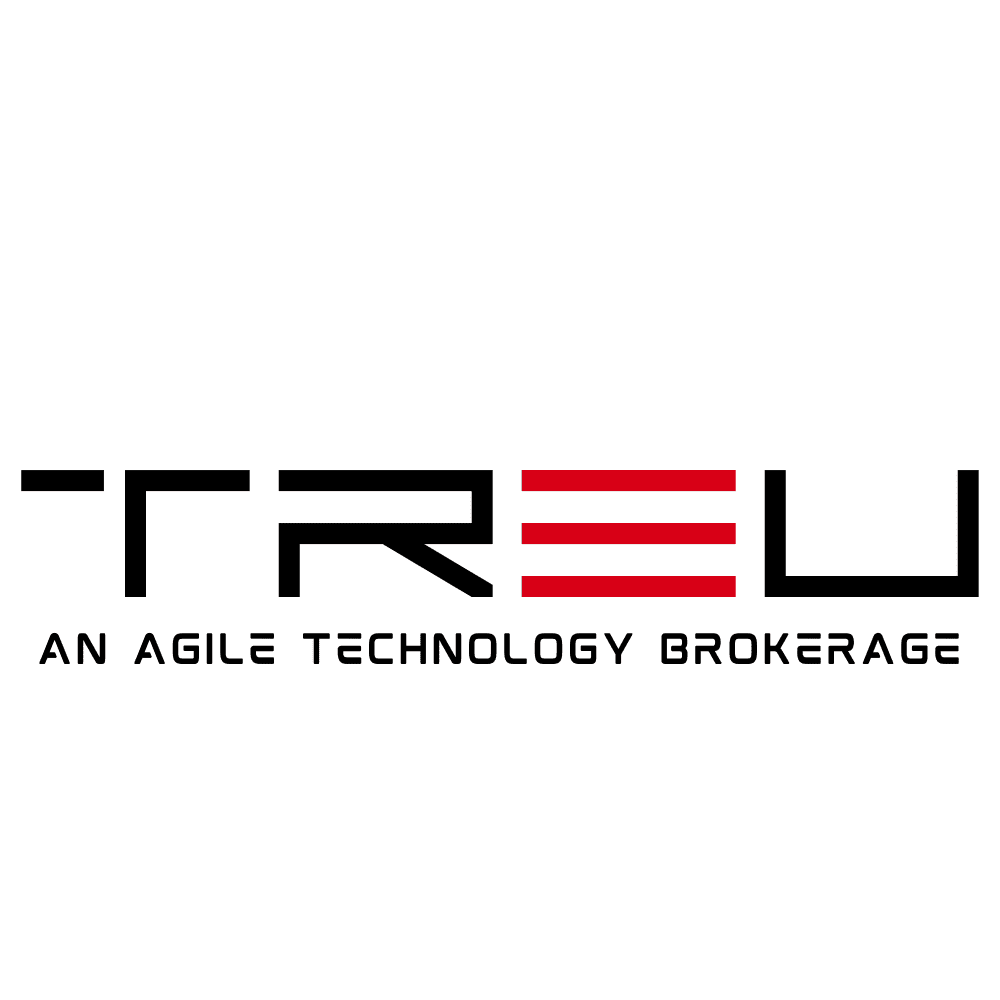Goldman Sachs CIO Embraces Strategic AI Implementation Across Business
Artificial Intelligence (AI) is revolutionizing industries across the globe, and the financial sector is no exception. Goldman Sachs, one of the most influential investment banking firms in the world, is leading the charge by strategically adopting AI to transform its operations. At the heart of this innovative push is Goldman Sachs CIO, who has championed a methodical and visionary approach to incorporating AI into the company’s business framework. In this article, we dive into the key takeaways from their journey toward seamless AI implementation and what this means for the future of finance.
How Goldman Sachs is Pioneering the Use of AI
Goldman Sachs’ CIO has developed a comprehensive plan to integrate AI technologies into multiple facets of the business. From managing vast data sets to streamlining operational workflows, the firm utilizes AI to unlock efficiencies and enhance decision-making capabilities. Here’s how Goldman Sachs is innovating with AI:
- Automating Repetitive Tasks: Goldman Sachs is tapping into AI-powered tools to automate time-consuming processes such as data analysis, compliance checks, and transaction processing.
- Optimizing Client Experiences: Leveraging machine learning algorithms, the firm now provides personalized wealth management services tailored to individual client needs, all in real-time.
- Advanced Risk Management: AI-driven predictive models allow the firm to assess risk more effectively and mitigate potential problems before they escalate.
Data-Driven Strategies for Enhanced Decision-Making
At the core of Goldman Sachs’ AI adoption strategy lies a strong appetite for big data. The firm generates and analyzes massive volumes of financial data daily, and its AI systems are designed to translate this information into actionable strategies. By employing natural language processing (NLP) tools and predictive analytics, Goldman Sachs can uncover market trends and identify investment opportunities faster than ever before.
The company’s CIO has emphasized the importance of not just collecting data but having the right systems in place to extract real value from it. These insights guide internal decisions and allow the firm to offer improved recommendations and options to its clients.
AI in Trading: Driving Precision and Speed
One of the most significant impacts of AI at Goldman Sachs is seen in the trading domain. Trading has always relied on speed, accuracy, and intelligence, and AI amplifies these factors exponentially. The firm’s AI models are designed to analyze millions of data points in split seconds, helping traders make swift decisions that can yield significant returns.
Key Enhancements AI Brings to Trading
- Predictive Analytics: AI can predict price fluctuations by analyzing historical and real-time data.
- Algorithmic Trading: Automated systems conduct trades at optimal prices without human intervention.
- Fraud Detection: AI enhances surveillance by identifying unusual patterns that could indicate fraudulent activities.
Since implementing AI, Goldman Sachs has seen a measurable improvement in trade execution times and profitability, giving it a competitive edge in the fast-moving financial markets.
The Role of the CIO in Strategic AI Implementation
Goldman Sachs’ CIO has played an essential role in the company’s AI transformation. More than just a tech advocate, the CIO operates as a strategic visionary, understanding how to integrate AI across multiple business units cohesively. Here are some critical aspects of their leadership:
- The CIO prioritized a phased, strategic approach to AI adoption, ensuring smooth integration with existing systems.
- They fostered a company-wide culture of AI-first thinking, encouraging employees at all levels to embrace new technologies.
- With a firm focus on ethical AI, the CIO established strict protocols to ensure data privacy and compliance with regulatory standards.
- Investment in talent development was prioritized to upskill employees and ensure teams could effectively use AI tools.
Through this measured approach, the CIO has made Goldman Sachs not just a financial leader but also a technology and innovation hub.
Ethics and Responsibility in AI Deployment
Any leap in technology comes with its unique ethical considerations, and deploying AI in financial services is no different. Recognizing this, Goldman Sachs has implemented policies to ensure that AI is used responsibly and transparently. At the forefront of these efforts is a commitment to:
- Eliminating Bias: Machine learning algorithms are continuously monitored and audited to prevent discriminatory biases and ensure fairness.
- Data Privacy: The firm is keenly aware of the sensitive nature of financial data and maintains rigorous safeguards to protect client information.
- Regulatory Compliance: Goldman Sachs works in collaboration with global regulatory bodies to ensure its AI practices abide by all legal standards.
The CIO has also emphasized the importance of AI explainability, ensuring that systems produce decisions that can be clearly understood and justified—an especially significant requirement in industries like banking and finance.
Overcoming Challenges in AI Adoption
As with any technological transformation, Goldman Sachs faced its fair share of challenges when integrating AI into its business. Among the most significant hurdles were:
- Data Integration: Consolidating data from legacy systems into AI-ready formats required substantial infrastructure investment.
- Cultural Resistance: Shifting a traditional financial mindset toward technology-first thinking took time and effort.
- Scalability: Ensuring that AI systems could operate efficiently across global markets posed a logistical challenge.
By addressing these obstacles head-on, the firm’s leadership has laid a strong foundation for future AI-driven growth.
What’s Next for AI at Goldman Sachs?
Goldman Sachs is not stopping with its current AI implementations. The firm’s CIO is spearheading exploratory projects into emerging AI technologies, including generative AI, blockchain AI integrations, and advanced quantum computing for analytical purposes. These advancements are poised to redefine wealth management, securities trading, and financial forecasting.
As part of its forward-looking vision, Goldman Sachs is collaborating with tech startups and academic institutions to stay ahead of the innovation curve. Partnerships like these ensure the company can draw from diverse perspectives to anticipate not just where the market is headed but what new challenges the future might bring.
Conclusion
Goldman Sachs’ embrace of AI, led by its visionary CIO, marks a pivotal shift in how technology is revolutionizing the financial sector. By leveraging AI for data-driven decision-making, optimizing trading processes, and enhancing client experiences, the firm is setting new industry standards. With its commitment to ethical AI practices and a strategic approach to innovation, Goldman Sachs is not only solidifying its place as a global leader in finance but also showcasing how AI can serve as a transformative force.
As AI continues to evolve, it will undoubtedly play an even greater role in shaping the future of Goldman Sachs—and finance as a whole. With its leadership and proactive strategy, the firm is well-positioned to navigate this dynamic landscape, continuing to build on its storied legacy of excellence.

